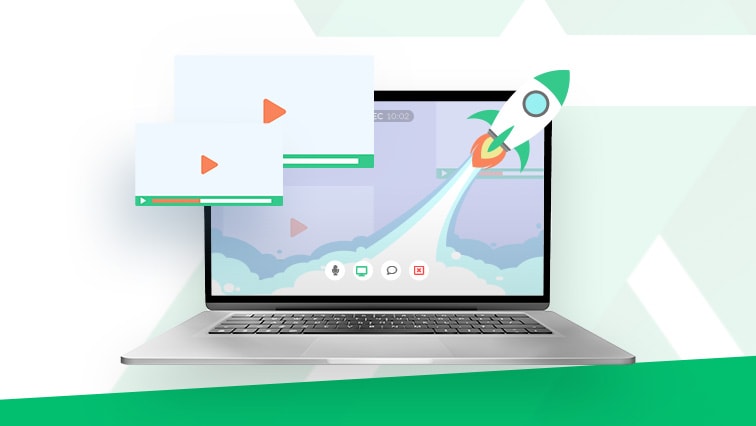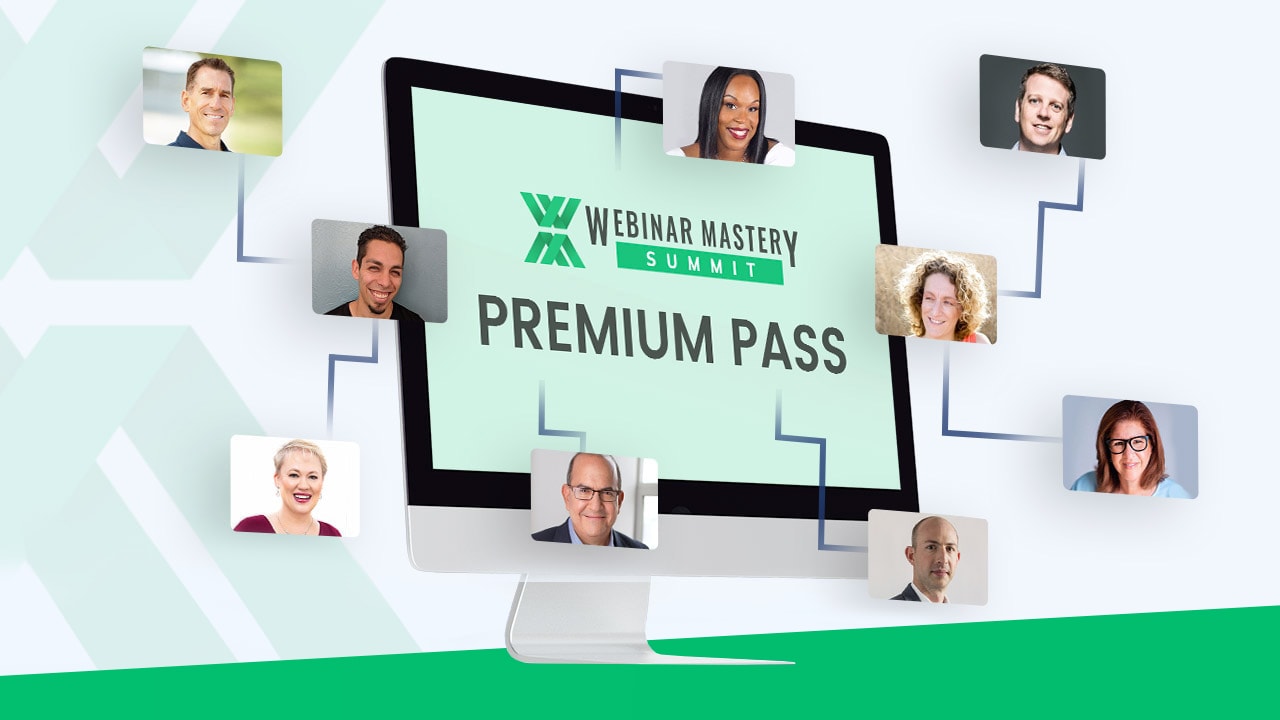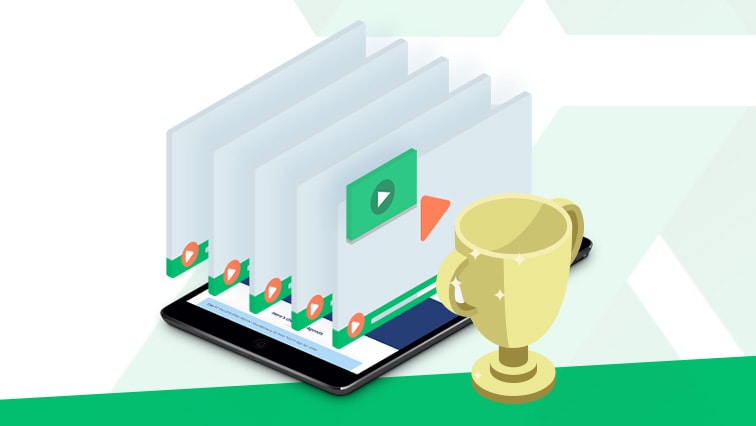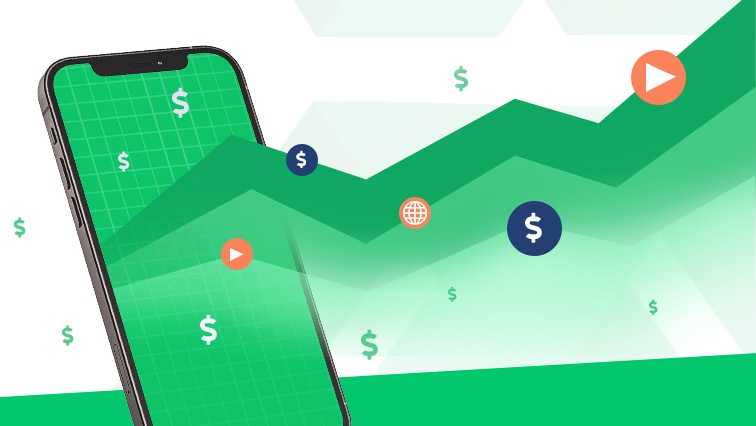Businesses small and large lose money and time due to poor internal communication. When work time is lost or miscommunication occurs, the business suffers financially.
In “The Cost of Poor Communications,” David Grossman reported that a survey conducted on 400 large companies cited an average loss per company of $62.4 million per year because of inadequate communication to and between employees. Miscommunication alone can cost small businesses (100 employees) an average of $420,000 each year.
Employee engagement is key to a company’s health and profits. That’s what Best Buy discovered when they found that “for every percentage point [they] boosted employee engagement, individual stores saw a $100,000 increase in operating income annually.” Best Buy has a total of 1,238 stores worldwide bringing the total to over $123 Million.
Having the right educational training tools can help communication across key stakeholder groups, including senior leaders, salesforces, and internal client groups.
But developing and implementing strategic internal communication plans for large, diverse employee audiences is a challenge.
Whether aligning employees to corporate vision and business goals or educating your salesforce on the latest product news and selling strategies, leveraging technology to create engaging, cost-effective communications solutions is a must in today’s modern era.
The old way of communicating including lengthy, ineffective emails, dial-in phone conferences, and endless in-person training is costing your company a lot of money and hurting productivity.
Plus it’s just plain boring for everyone involved.
With the emergence of the internet, several new media communication tools are being used by smart, savvy companies to better communicate, educate, and align your company’s most important asset, it’s people.
What is new media communication?
New media is used to describe content made available using different forms of electronic communication made possible through the use of computer technology. This can include communicating with your people through digital platforms in audio, video and written text.
Companies like Pernod Ricard, for example, are leveraging podcasts, webinars, and other forms of online learning to educate and train their salesforce about product updates and selling strategies.
The benefits of using New Media tools are numerous:
- Help align stakeholders to corporate vision, mission and current business goals.
- Leverage technology to create engaging, cost-effective communications solutions for your company’s employees.
- Educate your salesforce on the latest product news and selling techniques.
- Get instant employee feedback through Q&A forums and surveys conducted during and after each webinar.
- Create easy to consume and easy to reuse educational content for your intranet site (video recordings, audios, and even blog content).
- Communicate with and across key stakeholder groups, including senior leaders, internal client groups, and employees at corporate and enterprise levels.
Are you still using boring, outdated training and communication tools?
If so, here are five New Media technologies your company can leverage right now to improve training retention and communication while reducing costs, making YOU the company hero!
1. Webinars
A webinar is a live, web-based video conference that uses the internet to connect the individual (or multiple individuals) hosting the webinar to an audience of viewers and listeners from all over the world.
Whatever the size of your salesforce or team, you can communicate with and educate them in real-time, answering questions and getting instant feedback during and after the webinar. This replaces the costly and time-consuming expenses of in-person meetings and training.
The beautiful thing is that live video presentations can then be repurposed into on-demand videos, audios, and even text blog posts so your people can consume the information however they want. You get to leverage your time further but creating a presentation once and producing multiple pieces of educational content. This is why I recommend you start with hosting webinars. They are the most repurposable content.
2. Videos
The visual and auditory nature of videos appeals to a wide audience and allows each user to process information in a way that’s natural to them. Here are some fun stats about video:
- According to Forrester Research, employees are 75 percent more likely to watch a video than to read documents, emails or web articles.
- Presentations that include visuals like video along with slide text are 9 percent more effective than text alone when audience comprehension is tested right away, but become a staggering 83 percent more effective over time. This means that employees remember your training much longer.
- Microsoft created an internal video portal which has become the go-to substitute for in-class training and smaller events. According to the company’s own estimates, the video portal has reduced the costs for classroom training from approximately $320 per hour per participant down to just $17.
Video improves training retention in the near and long terms and provides a cost-effective way to train your teams at scale. Video is not the future, it’s what your people want right now!
3. Podcasts
A podcast is audio content that extends across multiple related episodes, often consumed via a mobile device.
Podcasts have the advantage of being consumed on the go, at the gym, or when driving in your car.
If your new hires are asking the same questions, record a short series of audio files that are short and easy to consume while your new hire commutes.
Have an extensive product line? Your salespeople can cram on features, benefits, and answers to objections by listening about a specific product on the drive to their next sales meeting.
Have important announcements from your leadership team? Create a Fireside Chat effect and get your entire company in line with your corporate objectives.
Podcasts can also be repurposed into text and blog content for those who want to skim or read instead.
4. Text Blog Posts
Even though more and more people prefer to watch or listen to information, there are still those who prefer to skim and read. Written communication is the best way to represent any complex matter easily and attractively. This allows the material to be used as a reference quickly without having to scroll through a video or find the right point in a podcast.
There are services that can quickly and cost-effectively transcribe your webinars, videos, and audio podcasts into a text document that can be included with your other training formats. This allows your company to create multimedia educational content that allows your people the option to choose how best they want to learn.
From there, your webinars, videos, podcasts, and text posts can be loaded into your next tool.
5. Learning Management Systems (LMS)
A learning management system (LMS) is a software application for the administration and delivery of educational courses, training programs, or learning and development programs. Think of this as the hub where you host all your educational content online.
Employees can simply go to a web page or login to a membership site and view all your training materials from their computer or mobile phone. An LMS helps to keep your content secure and organized for fast and easy consummation.
Well, there you have it.
Of the five I shared today, webinars are the best place to start as the live presentations give you immediate feedback and can be repurposed into all your videos, podcasts, and written text content to give your team multimedia options for how they best like to learn whether on the road or at home. Live or on-demand.
Interested in using webinars and other forms of New Media in your company?
Click here to schedule a FREE Webinar Strategy Call with my team and I.










